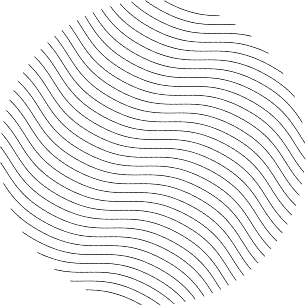Biography
Jayme Tiomno, Jewish Brazilian theoretical physicist (Rio de Janeiro 16 April 1920 – Rio de Janeiro 12 January 2011)
From Bessarabian father and Ukrainian mother
Brother of chemist Feiga Rebeca Tiomno Rosenthal
ACHIEVEMENTS
Suggested the parity disintegration with E. Frota Pessoa (1945)
With Costa Ribeiro formulated equations about thermodielectric effect (1945)
With J.A. Wheeler proposed Puppi-Tiomno-Wheeler triangle for explaining ½ spin to secondary meson (1947)
Rev. Modern physics 21:144 and 153, 1949.
With J.A. Wheeler proposed that electron and muon neutrinos were distinct independent from Nordheim, Pontecorvo e Puppi studies
Rev. Mod. Phys, 21:153-65, 1949
With C.N. Yang first to equate the universality of weak interaction
Physical Reviews 79:495, 1950.
With W. Schutzer authored the first work about scattering relations in nuclear reactions (1950)
Discovered the possibility of a neutral boson to be distinct from its antiparticle (experimentally confirmed in 1964)
Neutrino theories and double beta decay. Thesis. Princeton University, 1951
With W. Schutzer the first to introduce causality notion in mathematical formalism of S matrix theory known as Schutzer-Tiomno causality condition
Physical Review 83:249, 1951
Tiomno transformation
Mass Reversal and the universal Interaction. Nuovo Cimento 1:226, 1955
Proposed global 07 symmetry that generalizes isospin space (1957)
Predicted the existence of ressonance in mesons and the K’ meson existence (1960)
With A.L.L. Videira & N. Zagury. Possible existence of a new (K’) meson. Physical Review Letters 6:120, 1960.
Introduced the notion of gamma 5 transformation
With L. Bediaga & E. Predazzi. A new scheme for nonleptonic decays: predictions over the F+ meson. Physics Lett. B 181:395-00, 1986
With J.L. Basdevant, I. Bediaga & E. Predazzi. A new hadronization scheme. The case of explicit charm decay. Nucl. Phys. B 294:1071-80, 1987
Physics Nobel Prize nominee (1987)
EPONYMY
Rebouças-Tiomno-Korotkii-Obukhov space-time
Rebouças-Tiomno theorem
Yang-Tiomno classification


